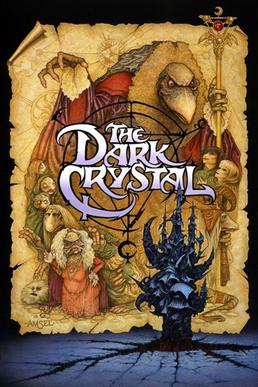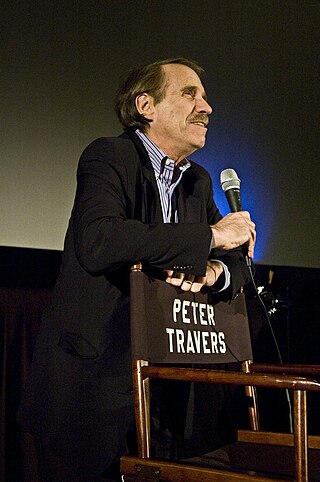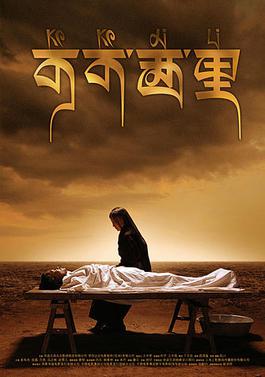Related Research Articles

The Tibet Autonomous Region, officially the Xizang Autonomous Region, often shortened to Tibet or Xizang, is an autonomous region of China and is part of Southwestern China.

Qinghai is an inland province in Northwestern China. It is the largest province of China by area and has the third smallest population. Its capital and largest city is Xining.

Ladakh is a region administered by India as a union territory and constitutes an eastern portion of the larger Kashmir region that has been the subject of a dispute between India and Pakistan since 1947 and India and China since 1959. Ladakh is bordered by the Tibet Autonomous Region to the east, the Indian state of Himachal Pradesh to the south, both the Indian-administered union territory of Jammu and Kashmir and the Pakistan-administered Gilgit-Baltistan to the west, and the southwest corner of Xinjiang across the Karakoram Pass in the far north. It extends from the Siachen Glacier in the Karakoram range to the north to the main Great Himalayas to the south. The eastern end, consisting of the uninhabited Aksai Chin plains, is claimed by the Indian Government as part of Ladakh, but has been under Chinese control.

The Dark Crystal is a 1982 dark fantasy film directed by Jim Henson and Frank Oz. It stars the voices of Stephen Garlick, Lisa Maxwell, Billie Whitelaw, Percy Edwards, and Barry Dennen. The film was produced by ITC Entertainment and The Jim Henson Company and distributed by Universal Pictures. The plot revolves around Jen and Kira, two Gelflings on a quest to restore balance to the world of Thra and overthrow the evil, ruling Skeksis by restoring a powerful broken Crystal.

Shangri-La is a fictional place in Tibet's Kunlun Mountains, described in the 1933 novel Lost Horizon by English author James Hilton. Hilton portrays Shangri-La as a mystical, harmonious valley, gently guided from a lamasery, enclosed in the western end of the Kunlun Mountains. Shangri-La has become synonymous with any earthly paradise, particularly a mythical Himalayan utopia – an enduringly happy land, isolated from the world. In the novel, the people who live in Shangri-La are almost immortal, living hundreds of years beyond the normal lifespan and only very slowly aging in appearance.

Mount Kailash is a mountain in Ngari Prefecture, Tibet Autonomous Region of China. It lies in the Kailash Range of the Transhimalaya, in the western part of the Tibetan Plateau. The peak of Mount Kailash is located at an elevation of 6,638 m (21,778 ft), near the trijunction between China, India and Nepal.

Mystic River is a 2003 American neo-noir crime thriller film directed and co-produced by Clint Eastwood, and starring Sean Penn, Tim Robbins, Kevin Bacon, Laurence Fishburne, Marcia Gay Harden, and Laura Linney. The screenplay, written by Brian Helgeland, was based on the 2001 novel of the same name by Dennis Lehane. It is the first film in which Eastwood was credited as composer of the score.

The Tibetan Plateau, also known as Qinghai–Tibet Plateau and Qing–Zang Plateau, is a vast elevated plateau located at the intersection of Central, South, and East Asia covering most of the Tibet Autonomous Region, most of Qinghai, western half of Sichuan, Southern Gansu provinces in Western China, southern Xinjiang, Bhutan, the Indian regions of Ladakh and Lahaul and Spiti as well as Gilgit-Baltistan in Pakistan, northwestern Nepal, eastern Tajikistan and southern Kyrgyzstan. It stretches approximately 1,000 kilometres (620 mi) north to south and 2,500 kilometres (1,600 mi) east to west. It is the world's highest and largest plateau above sea level, with an area of 2,500,000 square kilometres (970,000 sq mi). With an average elevation exceeding 4,500 metres (14,800 ft) and being surrounded by imposing mountain ranges that harbor the world's two highest summits, Mount Everest and K2, the Tibetan Plateau is often referred to as "the Roof of the World".

Camp Hale was a U.S. Army training facility in the western United States, constructed in 1942 for what became the 10th Mountain Division. Located in central Colorado between Red Cliff and Leadville in the Eagle River Valley at an elevation of 9,238 feet (2,815 m), it was named for General Irving Hale. Onslow S. Rolfe, who had developed mountain warfare techniques as commander of the 87th Mountain Infantry Regiment, was selected to command Camp Hale.
In Tibetan Buddhist tradition, Shambhala, also spelled Shambala or Shamballa, is a spiritual kingdom. Shambhala is mentioned in the Kalachakra Tantra. The Bon scriptures speak of a closely related land called Tagzig Olmo Lung Ring.

The Tibetan antelope or chiru is a medium-sized bovid native to the northeastern Tibetan plateau. Most of the population live within the Chinese border, while some scatter across India and Bhutan in the high altitude plains, hill plateau and montane valley. Fewer than 150,000 mature individuals are left in the wild, but the population is currently thought to be increasing. In 1980s and 1990s, they had become endangered due to massive illegal poaching. They are hunted for their extremely soft, light and warm underfur which is usually obtained after death. This underfur, known as shahtoosh, is used to weave luxury shawls. Shahtoosh shawls were traditionally given as wedding gifts in India and it takes the underfur of three to five adult antelopes to make one shawl. Despite strict controls on trade of shahtoosh products and CITES listing, there is still demand for these luxury items. Within India, shawls are worth $1,000–$5,000; internationally the price can reach as high as $20,000. In 1997 the Chinese government established the Hoh Xil National Nature Reserve solely to protect the Tibetan antelope population.

Peter Joseph Travers is an American film critic, journalist, and television presenter. He reviews films for ABC News and previously served as a movie critic for People and Rolling Stone. Travers also hosts the film interview program Popcorn with Peter Travers for ABC News.

Hoh Xil or Kekexili, is an isolated region in the northeastern part of Qinghai-Tibet Plateau. On July 7, 2017, the Hoh Xil in Qinghai was listed among the UNESCO World Heritage Sites as "the largest and highest plateau in the world".

Kekexili: Mountain Patrol is a 2004 Chinese film directed by Lu Chuan that depicts the struggle between vigilante rangers and bands of poachers in the remote Tibetan region of Kekexili. It was inspired by the documentary Balance by Peng Hui.

Sogyal Rinpoche was a Tibetan Dzogchen lama. He was recognized as the incarnation of a Tibetan master and visionary saint of the 19th century, Tertön Sogyal Lerab Lingpa. Sogyal Rinpoche was the founder and former spiritual director of Rigpa — an international network of over 100 Buddhist centres and groups in 23 countries around the world — and the author of the best-selling book The Tibetan Book of Living and Dying, which has been printed in 30 languages and 56 countries. Before his retirement, in the wake of abuse allegations in 2017, he had been teaching for 40 years in Europe, America, Asia and Australia.

Glenn H. Mullin is a Tibetologist, Buddhist writer, translator of classical Tibetan literature and teacher of Tantric Buddhist meditation.

The Yarlung Tsangpo, also called Yarlung Zangbo and Yalu Zangbu River is located in the Tibet Autonomous Region, China. It is the longest river of Tibet and the fifth longest in China. The upper section is also called Dangque Zangbu meaning "Horse River."

Dezhung Rinpoche Kunga Tenpai Nyima, born Kunchok Lhundrup, was a Tibetan lama of the Sakya school. Sakya is one of four major schools of Tibetan Buddhism, the others being the Nyingma, Kagyu, and Gelug. In 1960 he came to Seattle, Washington in the United States of America, one of the first Tibetan lamas to settle and teach in the United States.

The Tibetan Dog is a 2011 Chinese/Japanese animated film directed by Masayuki Kojima, co-produced by Madhouse, China Film Group Corporation and Ciwen Pictures. It is based on the novel Mastiffs of the Plateau by Yang Zhijun. It premiered at the 51st Annecy Film Festival in June 2011. Manga artist Naoki Urasawa provided the initial character designs before they were reworked by Shigeru Fujita. In this film, a young boy named Tenzing leaves for Tibet after his mother passes away to live with his father in the prairies and encounters a true friend in the form of a golden Tibetan Mastiff. Maiden Japan released the film on home video in the U.S.

Rock Dog is a 2016 animated comedy film directed by Ash Brannon, from a script by Brannon and Kurt Voelker. Produced by Mandoo Pictures and Huayi Brothers, the film is loosely based on the Chinese graphic novel Tibetan Rock Dog by Zheng Jun. It features the voices of Luke Wilson, J. K. Simmons, Eddie Izzard, Lewis Black, Kenan Thompson, Mae Whitman, Jorge Garcia, Matt Dillon, and Sam Elliott. The film focuses on a young Tibetan Mastiff who leaves his mountain home village to become a rock musician in the big city after a radio falls from the sky.
References
- ↑ "FILMMAKER". mysticmountaintibetanfilm.com. Retrieved 7 July 2016.
- ↑ "Mystic Mountain: Tibetan Feature Film". kickstarter.com. Retrieved 7 July 2016.